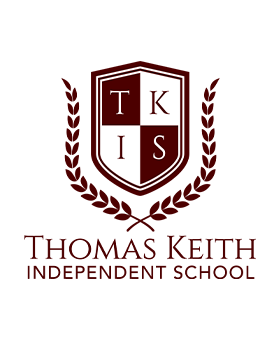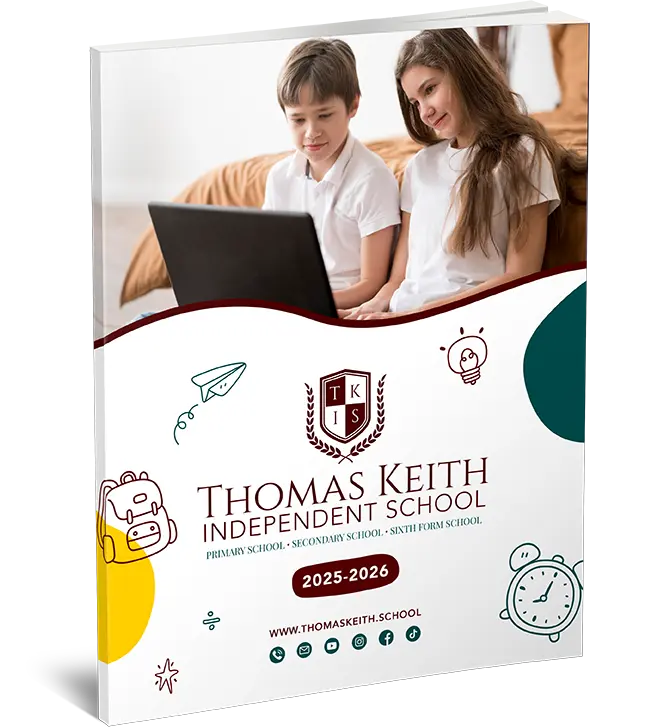Knowledge, Skills and Understanding
Teaching should ensure that scientific enquiry is taught through contexts taken from the sections on life processes and living things, materials and their properties and physical processes.
The general teaching requirement for health and safety applies to this subject. During key stage 1 pupils observe, explore and ask questions about living things, materials and phenomena. They begin to work together to collect evidence to help them answer questions and to link this to simple scientific ideas. They evaluate evidence and consider whether tests or comparisons are fair. They use reference materials to find out more about scientific ideas. They share their ideas and communicate them using scientific language, drawings, charts and tables.
LIFE PROCESSES
Pupils should be taught:
- the differences between things that are living and things that have never been alive
- that animals, including humans, move, feed, grow, use their senses and reproduce
- to relate life processes to animals and plants found in the local environment
HUMANS AND OTHER ANIMALS
Pupils should be taught:
- to recognise and compare the main external parts of the bodies of humans and other animals
- that humans and other animals need food and water to stay alive
- that taking exercise and eating the right types and amounts of food help humans to keep healthy
- about the role of drugs as medicines
- how to treat animals with care and sensitivity
- that humans and other animals can produce offspring and that these offspring grow into adults
- about the senses that enable humans and other animals to be aware of the world around them
GREEN PLANTS
Pupils should be taught:
- to recognise that plants need light and water to grow
- to recognise and name the leaf, flower, stem and root of flowering plants
- that seeds grow into flowering plants
VARIATION AND CLASSIFICATION
Pupils should be taught:
- recognise similarities and differences between themselves and others, and to treat others with sensitivity
- group living things according to observable similarities and differences
LIVING THINGS IN THEIR ENVIRONMENT
Pupils should be taught:
- find out about the different kinds of plants and animals in the local environment
- identify similarities and differences between local environments and ways in which these affect animals and plants that are found there
- care for the environment




